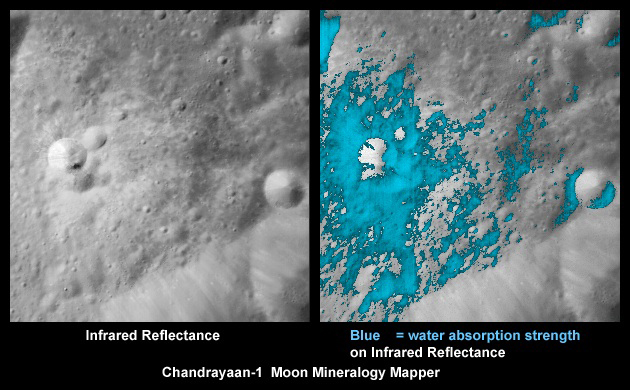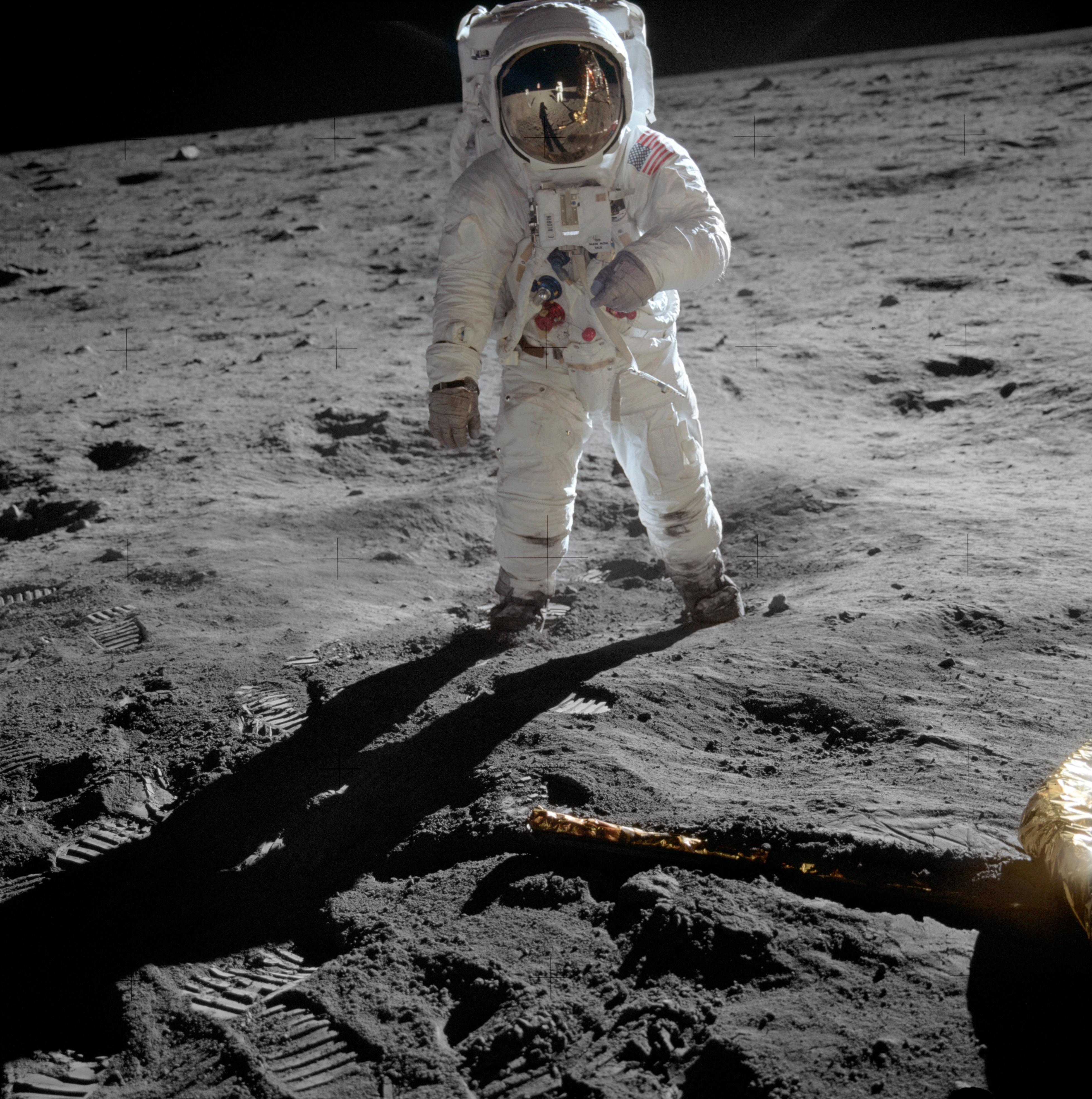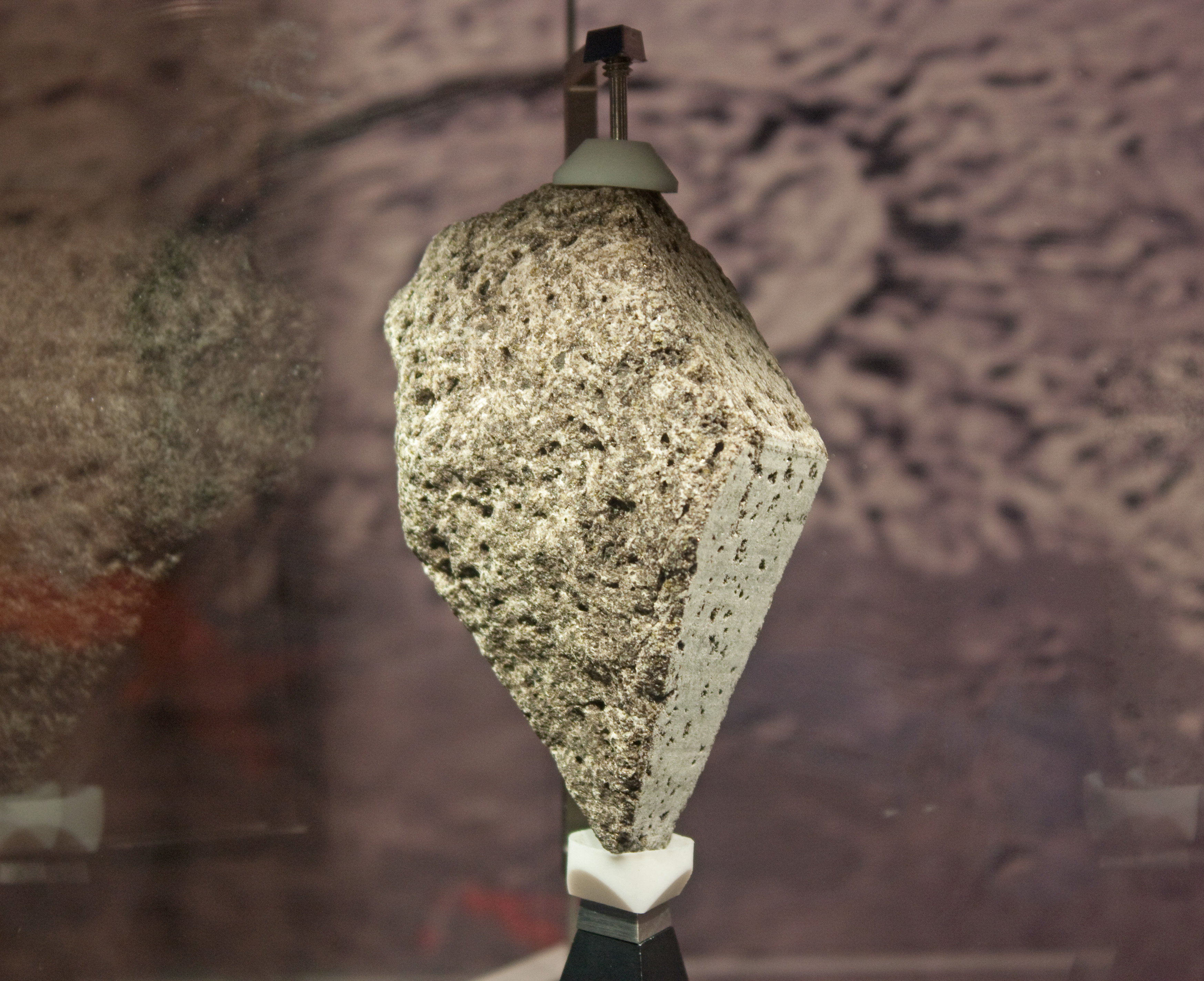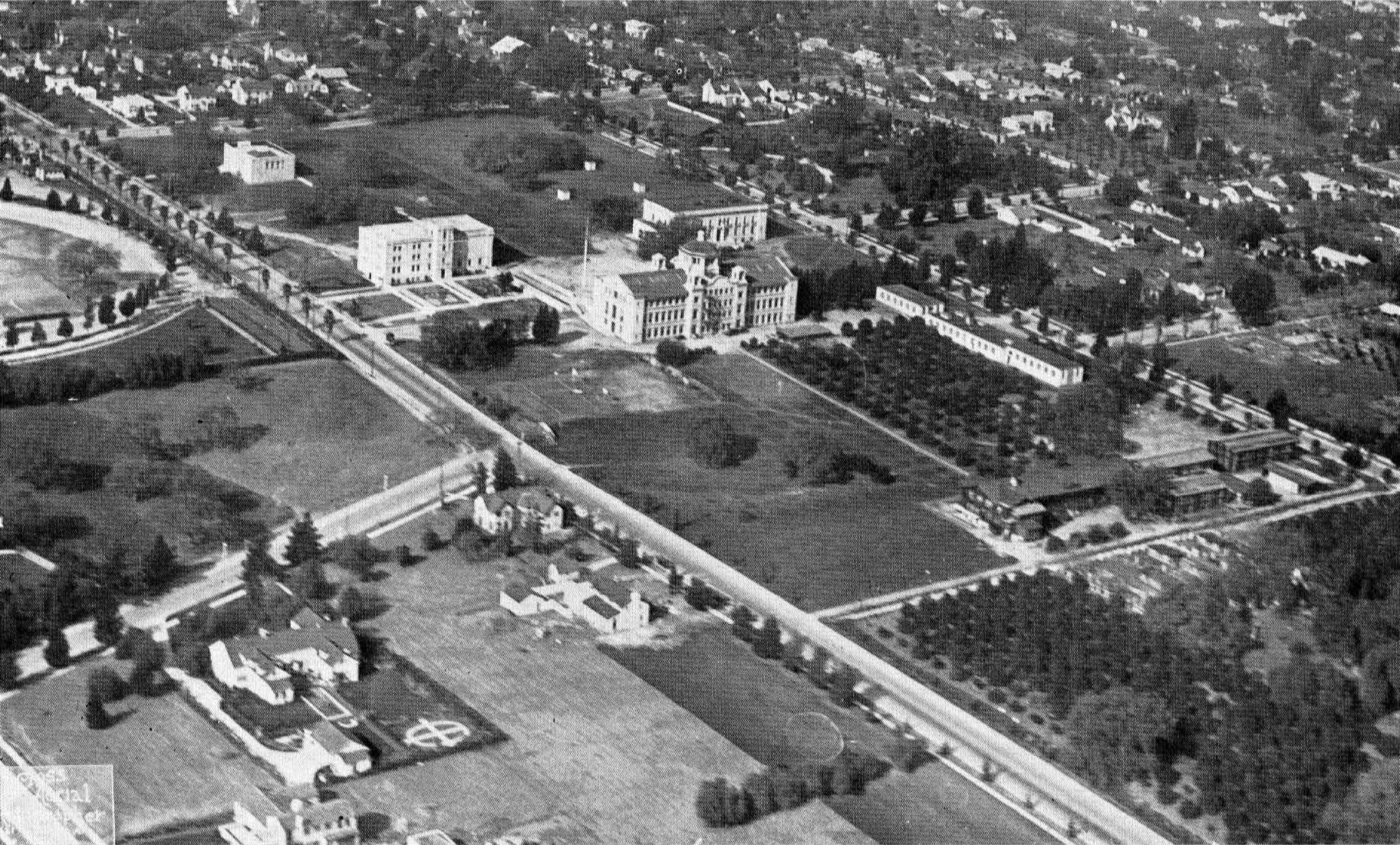|
Lunar Water
The search for the presence of lunar water has attracted considerable attention and motivated several recent lunar missions, largely because of water's usefulness in making long-term lunar habitation feasible. The Moon is believed to be generally anhydrous after analysis of Apollo mission soil samples. It is understood that any water vapor on the surface would generally be decomposed by sunlight, leaving hydrogen and oxygen lost to outer space. However, subsequent robotic probes found evidence of water, especially of water ice in some permanently shadowed craters on the Moon; and in 2018 water ice was confirmed in multiple locations.Water and Ices on the Moon" ''science.nasa.gov'', fetched 11 June 2024 This water ice is not in the form of sheets of ice on the surface nor just under the surface, ... [...More Info...] [...Related Items...] OR: [Wikipedia] [Google] [Baidu] |
Chandrayaan1 Spacecraft Discovery Moon Water
Chandrayaan-1 (; from Sanskrit: , "Moon" and , "craft, vehicle") was the first Indian lunar probe under the Chandrayaan programme. It was launched by the ISRO, Indian Space Research Organisation (ISRO) in October 2008, and operated until August 2009. The mission consisted of an orbiter and an Impactor (spacecraft), impactor. India launched the spacecraft using a Polar Satellite Launch Vehicle#PSLV-XL, PSLV-XL (C-11) rocket on 22 October 2008 at 00:52 UTC from Satish Dhawan Space Centre (SDSC), at Sriharikota, Andhra Pradesh. The mission was a major boost to India's space program, as India researched and developed its own technology to explore the Moon. The vehicle was inserted into lunar orbit on 8 November 2008. On 14 November 2008, the Moon Impact Probe separated from the Chandrayaan orbiter at 14:36 UTC and struck the south pole in a controlled manner. The probe hit near the crater Shackleton (crater), Shackleton at 15:01 UTC. The location of the impact was named Jawahar Poin ... [...More Info...] [...Related Items...] OR: [Wikipedia] [Google] [Baidu] |
Leonardo Da Vinci
Leonardo di ser Piero da Vinci (15 April 1452 - 2 May 1519) was an Italian polymath of the High Renaissance who was active as a painter, draughtsman, engineer, scientist, theorist, sculptor, and architect. While his fame initially rested on his achievements as a painter, he has also become known for #Journals and notes, his notebooks, in which he made drawings and notes on a variety of subjects, including anatomy, astronomy, botany, cartography, painting, and palaeontology. Leonardo is widely regarded to have been a genius who epitomised the Renaissance humanism, Renaissance humanist ideal, and his List of works by Leonardo da Vinci, collective works comprise a contribution to later generations of artists matched only by that of his younger contemporary Michelangelo. Born out of wedlock to a successful notary and a lower-class woman in, or near, Vinci, Tuscany, Vinci, he was educated in Florence by the Italian painter and sculptor Andrea del Verrocchio. He began his career ... [...More Info...] [...Related Items...] OR: [Wikipedia] [Google] [Baidu] |
Mare Crisium
Mare Crisium (Latin ''crisium'', the "Sea of Crises") is a lunar mare located in the Moon's Crisium basin, just northeast of Mare Tranquillitatis. Mare Crisium is a basin of Nectarian age. It was formed by the flooding of basaltic lava that filled an ancient asteroid impact. Characteristics Mare Crisium is in diameter, and in area. It has a very flat floor, with a ring of wrinkle ridges (''dorsa'') toward its outer boundaries. These are Dorsa Tetyaev, Dorsum Oppel, Dorsum Termier, and Dorsa Harker. The cape-like feature protruding into the southeast of the mare is Promontorium Agarum. On the western rim of the mare is the palimpsest Yerkes, and Lick to the southeast is similar. The crater Picard is located just to the east of Yerkes, and northwest of Picard are the craters Peirce and Swift. The ray system of the crater Proclus overlie the northwestern mare. Mare Anguis can be seen northeast of Mare Crisium. A mass concentration (mascon), or gravitational high, w ... [...More Info...] [...Related Items...] OR: [Wikipedia] [Google] [Baidu] |
Luna 24
''Luna 24'' was a robotic probe of the Soviet Union's Luna programme. The 24th mission of the Luna series of spacecraft, the mission of the ''Luna 24'' probe was the third Soviet mission to return lunar soil samples from the Moon (the first two sample return missions were '' Luna 16'' and '' Luna 20''). The probe landed in Mare Crisium (Sea of Crises). The mission returned of lunar samples to the Earth on 22 August 1976. Spacecraft Luna 24 was based on the Ye-8-5 spacecraft body, consisting of two attached stages, an ascent stage mounted on top of a descent stage. The lander stood 3.96 meters tall and had an unfueled landed mass of 1880 kg. With a full load of fuel its launch mass was between 5600 and 5750 kg. The descent stage was the same as the Ye-8 lower stage for the Lunokhod rovers, a cylindrical body with four protruding landing legs, fuel tanks, a landing radar altimeter, and a dual descent engine complex. The main descent rocket, the KTDU-417, was a throttleabl ... [...More Info...] [...Related Items...] OR: [Wikipedia] [Google] [Baidu] |
USSR
The Union of Soviet Socialist Republics. (USSR), commonly known as the Soviet Union, was a List of former transcontinental countries#Since 1700, transcontinental country that spanned much of Eurasia from 1922 until Dissolution of the Soviet Union, it dissolved in 1991. During its existence, it was the list of countries and dependencies by area, largest country by area, extending across Time in Russia, eleven time zones and sharing Geography of the Soviet Union#Borders and neighbors, borders with twelve countries, and the List of countries and dependencies by population, third-most populous country. An overall successor to the Russian Empire, it was nominally organized as a federal union of Republics of the Soviet Union, national republics, the largest and most populous of which was the Russian SFSR. In practice, Government of the Soviet Union, its government and Economy of the Soviet Union, economy were Soviet-type economic planning, highly centralized. As a one-party state go ... [...More Info...] [...Related Items...] OR: [Wikipedia] [Google] [Baidu] |
Markov 1980 Fig3
Markov ( Bulgarian, ), Markova, and Markoff are common surnames used in Russia and Bulgaria. Notable people with the name include: Academics * Ivana Markova (1938–2024), Czechoslovak-British emeritus professor of psychology at the University of Stirling *John Markoff (sociologist) (born 1942), American professor of sociology and history at the University of Pittsburgh * Konstantin Markov (1905–1980), Soviet geomorphologist and quaternary geologist Mathematics, science, and technology * Alexander V. Markov (born 1965), Russian biologist *Andrey Markov (1856–1922), Russian mathematician * Andrey Markov Jr. (1903–1979), Russian mathematician and son of Andrey Markov *Elena Vladimirovna Markova (1923–2023), Soviet and Russian cyberneticist, Doctor of Technical Sciences, gulag convict and memoirist. * John Markoff (born 1949), American journalist of computer industry and technology *Moisey Markov (1908–1994), Russian physicist * Vladimir Andreevich Markov (1871–1897), Russi ... [...More Info...] [...Related Items...] OR: [Wikipedia] [Google] [Baidu] |
ALSEP
The Apollo Lunar Surface Experiments Package (ALSEP) comprised a set of scientific instruments placed by the astronauts at the landing site of each of the five Apollo missions to land on the Moon following Apollo 11 (Apollos 12, 14, 15, 16, and 17). Apollo 11 left a smaller package called the Early Apollo Scientific Experiments Package, or EASEP. Background The instrumentation and experiments that would comprise ALSEP were decided in February 1966. Specifically, the experiments, institutions responsible, and principal investigators and coinvestigators were: * Passive Lunar Seismic Experiment: Massachusetts Institute of Technology, Frank Press; Columbia University, George Sutton; Georgia Tech, Robert Hostetler * Lunar Surface Magnetometer: Ames Research Center, C. P. Sonett; Marshall Space Flight Center, Jerry Modisette. * Medium-Energy Solar Wind: Jet Propulsion Laboratory, C. W. Snyder and M. M. Neugebauer. * Suprathermal Ion Detection: Rice University, J. W. Freeman, Jr ... [...More Info...] [...Related Items...] OR: [Wikipedia] [Google] [Baidu] |
Apollo 14
Apollo 14 (January 31February 9, 1971) was the eighth crewed mission in the United States Apollo program, the third to Moon landing, land on the Moon, and the first to land in the Geology of the Moon#Highlands, lunar highlands. It was the last of the "List of Apollo missions#Alphabetical mission types, H missions", landings at specific sites of scientific interest on the Moon for two-day stays with two lunar extravehicular activities (EVAs or moonwalks). The mission was originally scheduled for 1970, but was postponed because of the investigation following the failure of Apollo 13 to reach the Moon's surface, and the need for modifications to the spacecraft as a result. Commander Alan Shepard, Command Module Pilot Stuart Roosa, and Lunar Module Pilot Edgar Mitchell launched on their nine-day mission on Sunday, January 31, 1971, at 4:03:02 p.m. Eastern Time Zone, EST. En route to the lunar landing, the crew overcame malfunctions that might have resulted in a second consecu ... [...More Info...] [...Related Items...] OR: [Wikipedia] [Google] [Baidu] |
Apollo Program
The Apollo program, also known as Project Apollo, was the United States human spaceflight program led by NASA, which Moon landing, landed the first humans on the Moon in 1969. Apollo followed Project Mercury that put the first Americans in space. It was conceived in 1960 as a three-person spacecraft during President Presidency of Dwight D. Eisenhower, Dwight D. Eisenhower's administration. Apollo was later dedicated to President John F. Kennedy's national goal for the 1960s of "landing a man on the Moon and returning him safely to the Earth" in an address to United States Congress, Congress on May 25, 1961. It was the third American human spaceflight program to fly, preceded by Project Gemini conceived in 1961 to extend spaceflight capability in support of Apollo. Kennedy's goal was accomplished on the Apollo 11 mission when astronauts Neil Armstrong and Buzz Aldrin landed their Apollo Lunar Module (LM) on July 20, 1969, and walked on the lunar surface, while Michael Collins ( ... [...More Info...] [...Related Items...] OR: [Wikipedia] [Google] [Baidu] |
Lunar Rock
Moon rock or lunar rock is rock originating from Earth's Moon. This includes lunar material collected during the course of human exploration of the Moon, and rock that has been ejected naturally from the Moon's surface and landed on Earth as lunar meteorites. Sources Moon rocks on Earth come from four sources: those collected by six United States Apollo program crewed lunar landings from 1969 to 1972; those collected by three Soviet uncrewed Luna probes in the 1970s; those collected by the Chinese Lunar Exploration Program's uncrewed probes; and rocks that were ejected naturally from the lunar surface before falling to Earth as lunar meteorites. Apollo program Six Apollo missions collected 2,200 samples of material weighing , processed into more than 110,000 individually cataloged samples. Luna program Three Luna spacecraft returned with of samples. The Soviet Union abandoned its attempts at a crewed lunar program in the 1970s, but succeeded in landing three roboti ... [...More Info...] [...Related Items...] OR: [Wikipedia] [Google] [Baidu] |
Caltech
The California Institute of Technology (branded as Caltech) is a private university, private research university in Pasadena, California, United States. The university is responsible for many modern scientific advancements and is among a small group of Institute of Technology (United States), institutes of technology in the United States that are devoted to the instruction of pure and applied sciences. The institution was founded as a preparatory and vocational school by Amos G. Throop in 1891 and began attracting influential scientists such as George Ellery Hale, Arthur Amos Noyes, and Robert Andrews Millikan in the early 20th century. The vocational and preparatory schools were disbanded and spun off in 1910, and the college assumed its present name in 1920. In 1934, Caltech was elected to the Association of American Universities, and the antecedents of NASA's Jet Propulsion Laboratory, which Caltech continues to manage and operate, were established between 1936 and 1943 under ... [...More Info...] [...Related Items...] OR: [Wikipedia] [Google] [Baidu] |






